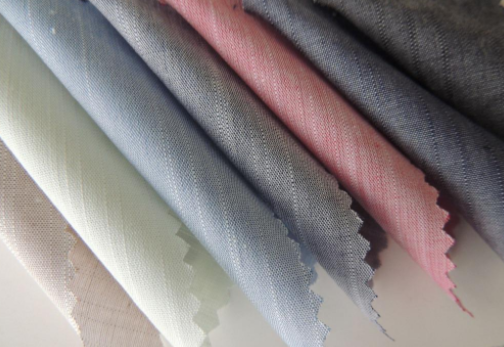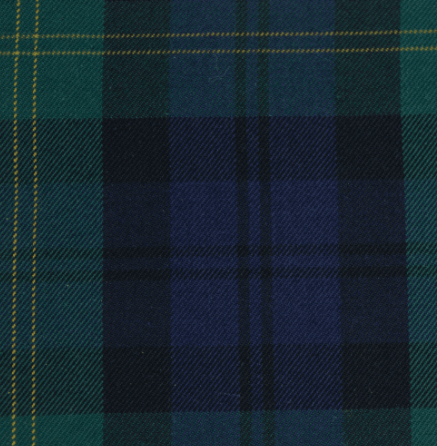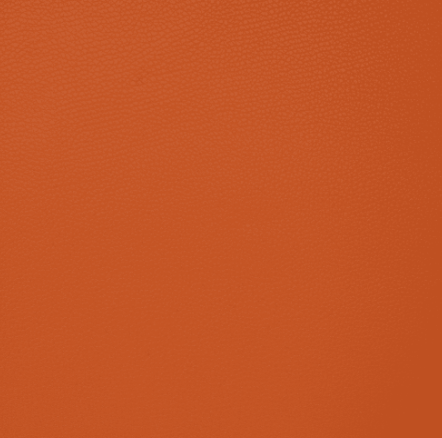Yarn-dyed fabric

Nonwoven fabric, also known as nonwoven fabric, is composed of directional or random fibers. It is called cloth because of its appearance and certain properties. Non-woven fabric is moisture-proof, breathable, flexible, light in weight, non-combustion-supporting, easy to decompose, non-toxic, non-irritating, colorful, low-cost, recyclable and so on.
The fabric woven with dyed yarn is generally divided into two ways of dyeing yarn and dyed yarn. Generally speaking, the yarn-dyed fabric refers to the cloth woven by shuttle loom, but the knitting machine can also make yarn-dyed knitted fabric. Compared to printed cloth, it has a unique style, but the price is expensive. Because the total loss of dyed yarn, weaving and finishing of yarn-dyed cloth is relatively large, Taiwan production is not as high as the output of white cloth, so the cost increases. Chinese name yarn-dyed fabric type yarn-dyed cotton cloth, yarn-dyed polyester cotton specification description yarn-dyed fabric specifications commonly used writing method special point color fastness is better.
Non-woven products are rich in color, bright and bright, fashionable and environmentally friendly, widely used, beautiful and generous, patterns and styles are diverse, and light in weight, environmental protection, recyclable, internationally recognized as environmental protection products to protect the earth's ecology. It is suitable for agricultural film, shoe making, leather making, mattress, quilt, decoration, chemical industry and so on. Environmental protection products are widely used and economical.

https://www.nbsoco.com/pro-2-71-735.html
A: according to the different raw materials can be divided into yarn-dyed cotton cloth, yarn-dyed polyester cotton cloth, yarn-dyed long wool-like suiting, wool polyester suiting, wool polyester viscose three in one suiting, bamboo gauze, a lump of gauze and so on, there are a lot of yarn-dyed fabrics as raw materials.
Two: according to the different weaving methods can be divided into plain yarn-dyed cloth, yarn-dyed poplin, yarn-dyed tweed, Oxford cloth, youth cloth, denim, khaki, twill, zigzagging, Gabardine, satin, small jacquard, jacquard and so on.
Three: according to the different process characteristics, it can also be divided into: color warp white weft cloth (Oxford cloth, youth cloth, denim, denim, etc.) color warp weft cloth (checker cloth, checker cloth, sheet cloth, checker tweeds, etc.) and various yarn-dyed plush cloth formed by the process of pulling, fleecing, grinding and fleecing.

https://www.nbsoco.com/pro-2-71-733.html
Non-woven fabrics are widely used in:
(1) Medical and health non-woven cloth: surgical clothes, protective clothing, disinfection cloth, mask, diaper, civil dishcloth, wipe cloth, wet face towel, magic towel, soft towel roll, beauty products, sanitary towel, sanitary pad, and disposable sanitary cloth, etc.
(2) non-woven fabric for home decoration: wall cloth, tablecloth, bed sheet, bedspread, etc.
(3) Non-woven fabrics for clothing: lining, fusible lining, wadding, shaping cotton, all kinds of synthetic leather substrates, etc.
(4) industrial non-woven fabric; Roofing waterproof rolling material and asphalt tile base material, reinforcement material, polishing material, filter material, insulation material, cement packaging bag, geotextile, covering cloth, etc.
(5) agricultural non-woven fabric: crop protection cloth, seedling raising cloth, irrigation cloth, insulation curtain, etc.
(6) Other non-woven fabric: space cotton, heat preservation and sound insulation materials, linoleum, cigarette filter, tea bags, shoes, etc. Medical and health care: surgical gown, cap, hood, plaster cotton and so on.